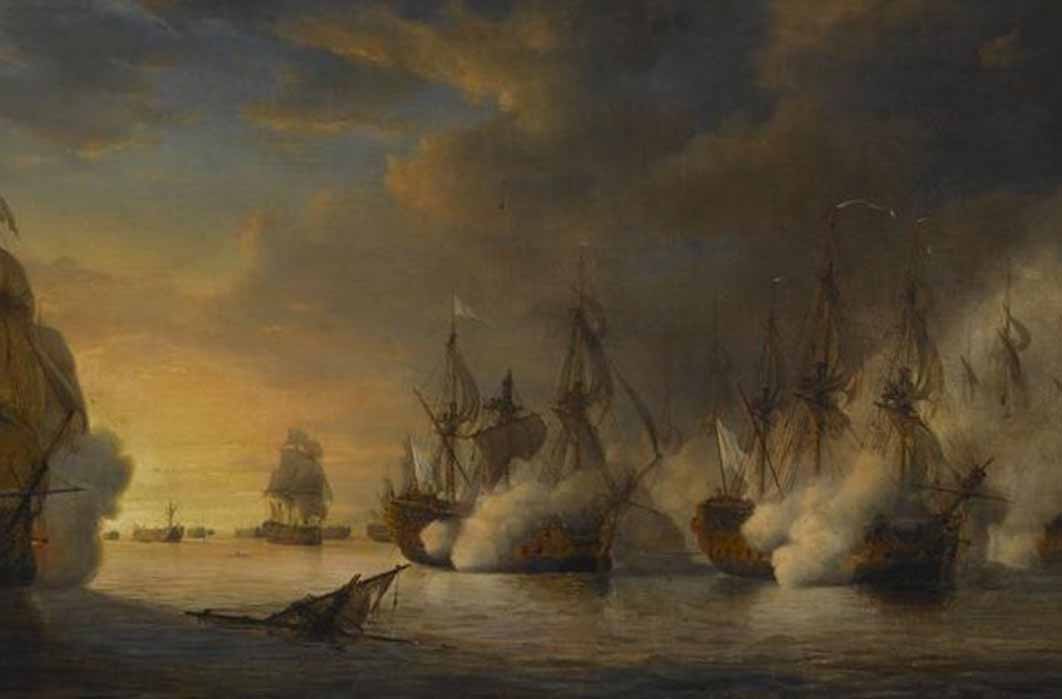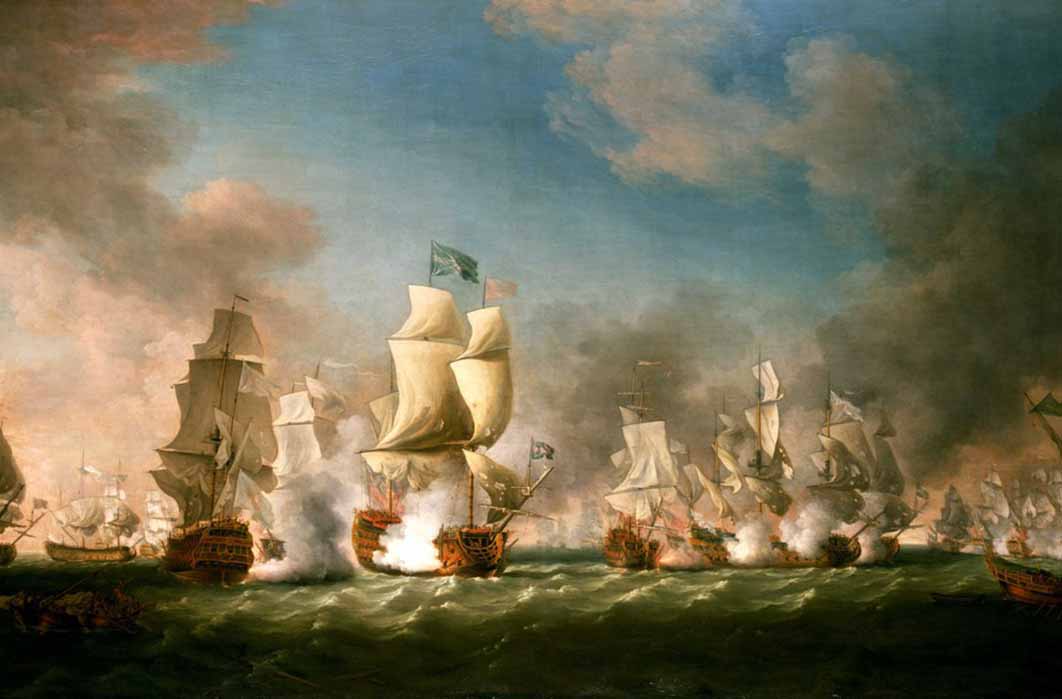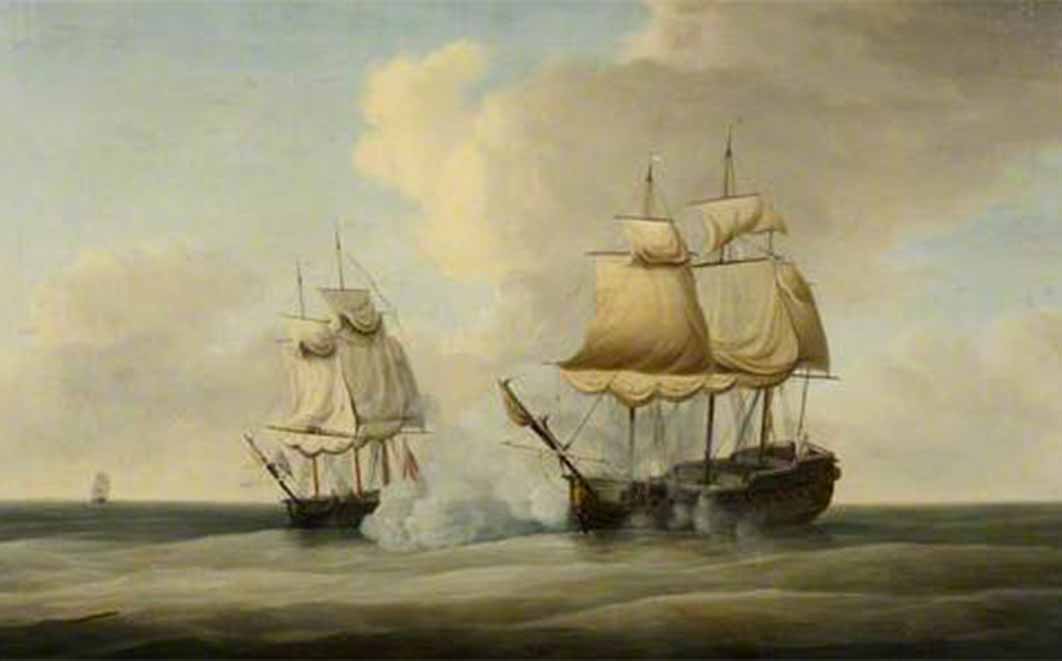
Battle Stations – Acceleration Of Naval Design In The 18th to 19th Centuries
Modern naval history is considered to have commenced in 1616, but the ensuing century between 1715 and 1820 marked an era not only of geopolitical change, but also a time when oceans were turned into battlefields and navies were required to out-maneuver their enemies in terms of strategy, tactics and shipwright design. Many historians concur that the death of King Louis XIV of France in 1715, heralded a new historical chapter in Europe, especially in the naval arena. In addition to the death of the French Sun King, two important events influenced European politics; namely the Treaty of Rastatt in 1714 between France and Austria and the Peace Treaty of Utrecht in 1715 which ended the War of the Spanish Succession. Philippe of Anjou, grandchild of Louis XIV of France, became Spain’s King Philip V. He retained the Spanish overseas empire in the Americas and the Philippines. These treaties benefitted Prussia, Savoy and England, at least initially.

Philip V of Spain (r. 1700–1746), the first Spanish monarch of the House of Bourbon. (Public Domain)
Spain Fanning The Winds Of War
The Utrecht Treaty made provision for British merchants to legally sell slaves to Spanish America. In 1717, Spain recovered Sicily and Sardinia, which it had lost during the Utrecht Treaty, raising new winds of war in Europe. The War of the Quadruple Alliance (1718 – 1720) saw Britain, France, Austria, and the Dutch Republic taking on Spain. When the British took Vigo on the Spanish coast, Spain realized its vulnerability to Allied amphibious attacks. The War of the Quadruple Alliance ended with the 1720 Treaty of The Hague. However, with the extinction of the Medici dynasty in Tuscany in 1737, Italy was left in the grip of various hunters, ready to dismember the territory towards a situation that would last, ultimately, until the Unification of Italy in 1861.

The Battle of Cape Passaro, 11 August 1718 A depiction of an action during the Quadruple Alliance War with Spain (Public Domain)
In 1719 the Duke of Ormonde, enlisted Spanish support to invade Britain and replace King George I with James Stuart, the Jacobite "Old Pretender". However, his fleet was dispersed by a storm near Galicia in 1719, and never reached Britain. The Jacobites were defeated at the naval Battle of Glen Shiel in June 1719, but the cause was not yet lost.
The War Of Austrian Succession
Twenty years after the Treaty of the Hague, another death of a European monarch sparked glowing ambers of war to fire in 1740. The War of Austrian Succession between Charles VI and his daughter Maria Theresa, saw France, Prussia and Bavaria taking it as an opportunity to challenge the Habsburg powerhouse, while Britain, the Dutch Republic and Hanover backed Maria Theresa. Spain, Sardinia, Saxony, Sweden and Russia were all embroiled in territorial battles. Peace treaties were signed and breached as alliances between previous enemies were shuffled like a pack of cards.
In 1743 after the Treaty of Fontainebleau, King Louis XV of France - who had been an ally of Britain in the Quadruple Alliance against Spain – retracted and together with his uncle, King Philip V of Spain agreed on a joint invasion of Britain, to revive the Jacobites and restore the exiled Catholic Stuarts. The last heir, Charles Edward, was secretly landed in Scotland, culminating in the Battle of Culloden (1746). More clashes followed near Cape Finisterre in Spain. Many French ships were captured while protecting the convoy. The English realized the architectural superiority designs of the French, introduced by shipwright Jean-Baptiste Colbert in the 17th century.





